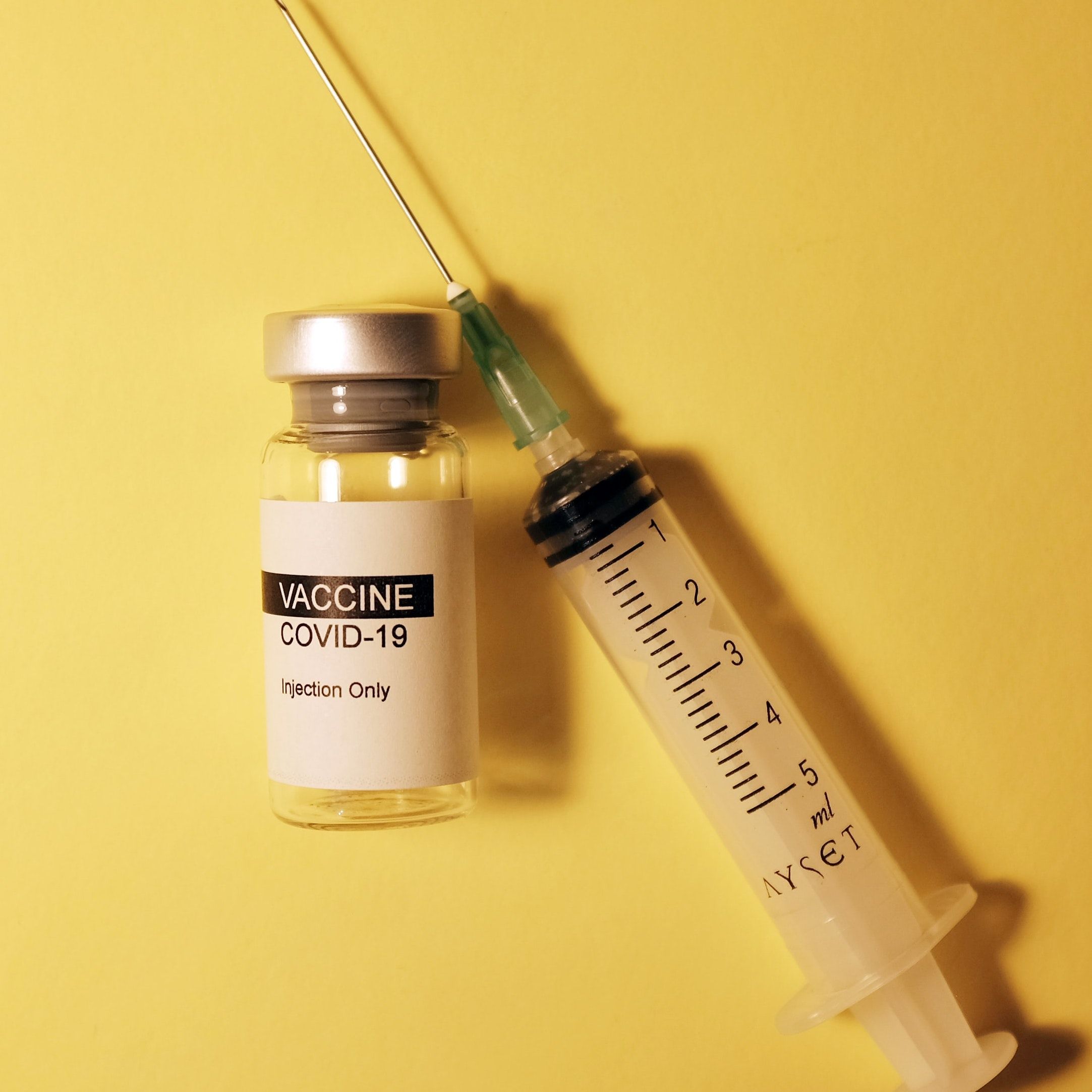What You Need to Know About the COVID-19 Vaccines
An expert weighs in on the strengths, makeup, and timeframe of current and upcoming vaccine options.

The US is nearing the likelihood of a half-dozen authorized vaccines for the prevention of coronavirus 2019 (COVID-19) in the coming months.
Currently, the US Food and Drug Administration (FDA) has granted Emergency Use Authorization (EUA) to Pfizer and BioNTech’s BNT162b2, and Moderna’s mRNA-1273, a pair of two-dose mRNA vaccines which cleared regulatory conditions for phase 3 efficacy and safety months ago.
Now vaccines from Janssen Pharmaceuticals, Novavax, AstraZeneca, and others are nearing the final stages of that same pathway. In fact, Johnson & Johnson has received a Vaccines and Related Biologic Products Advisory Committee (VRBPAC) meeting date of February 26 after submitting an EUA application last week.
It’s as vital for the FDA advisory committee to be aware of what’s nearing their desks as it is for clinicians to ascertain differences and similarities in the growing field of COVID-19 vaccines. Luckily, HCPLive® recently spoke to a leading expert on the matter.
This month’s episode of Lungcast, a monthly respiratory health podcast series hosted by the American Lung Association (ALA), featured Donald Alcendor, PhD, vaccinologist and immunologist from Meharry Medical College and Vanderbilt University School of Medicine.
Among the litany of COVID-19 topics Alcendor discussed with ALA chief medical officer Al Rizzo, MD, was the earliest wave of pandemic vaccines—both those already indicated for use by the FDA, and those holding such promise.
Here’s what Alcendor had to say on the current COVID-19 vaccines.
Pfizer and Moderna
The first 2 vaccine developers to reach US rollout provide similar products: two-dose vaccines developed with mRNA platforms, encapsidated into lipid nanoparticles. Luckily, Alcendor noted, the vaccines share another distinct trait: high efficacy.
“Pfizer and Moderna have been setting the bar for efficacy, with 94% and 95%, respectively,” he explained. “This is the efficacy we would be seeing with the measles vaccination—very high.”
Aside from slight differences in age thresholds indicated for each vaccine, the distinct disparity that Alcendor noted was in the companies’ backgrounds.
“Pfizer has tall shoulders to stand on,” Alcendor said. “They’re a long-standing company. However, Moderna is a very small company that found its way into this fray by their work on Ebola in the past. And it turns out, Moderna has never delivered, in the history of its existence, an FDA-approved vaccine.”
Financial contribution and an early distribution deal via Operation Warp Speed effectively altered the dynamics of the small company overnight, increasing Moderna profit margins by 300% and turning them into what Alcendor calls a “powerhouse.”
Novavax
Among larger and news-making pharmaceutical companies, Novavax is a “very quiet follower,” Alcendor said. Their stable protein adjuvant product is nearing completion of phase 3 data, and has been available on volunteer basis at institutions including Alcendor’s Meharry. He spoke with excitement for its unique delivery and clinical potential.
“This is basically the whole Spike protein, mixed with an adjuvant and given to a volunteer, which is very different,” he explained. “Novavax is a purified Spike protein given as an adjuvant together to produce antibodies.”
AstraZeneca and Johnson & Johnson
Both vaccines use the adenovirus plus a cloned Spike protein from SARS-CoV-2 to initiate immunity building in the treated person. Alcendor spoke to the history of adenovirus use in vaccination.
“We’re infected with adenoviruses routinely throughout our lifetime,” he said. “The adenovirus they selected that is somewhat inert, when it comes to causing disease. But adenoviruses made a name for themselves when it came to gene therapy. They are very efficient at delivering a gene.”
A distinct advantage for the Johnson & Johnson product, however, is its feasibility as a one-dose vaccine that can be held at refrigerated temperatures over an extended period of time.
When will they be available?
Speaking more broadly to the process of COVID-19 vaccine development, research, regulation and rollout, Alcendor projected that by this summer, there will be approximately 6 vaccines available in the US.
And despite concerns from persons over the last year on this expedited process, Alcendor said that number is appropriate, given the care put into development and testing. And at that point, it’s not a matter of one faring better than another.
“If these vaccines meet the FDA requirements and are approved for emergency use, then there should be no regard for picking one over the other, because that could be problematic,” he said.